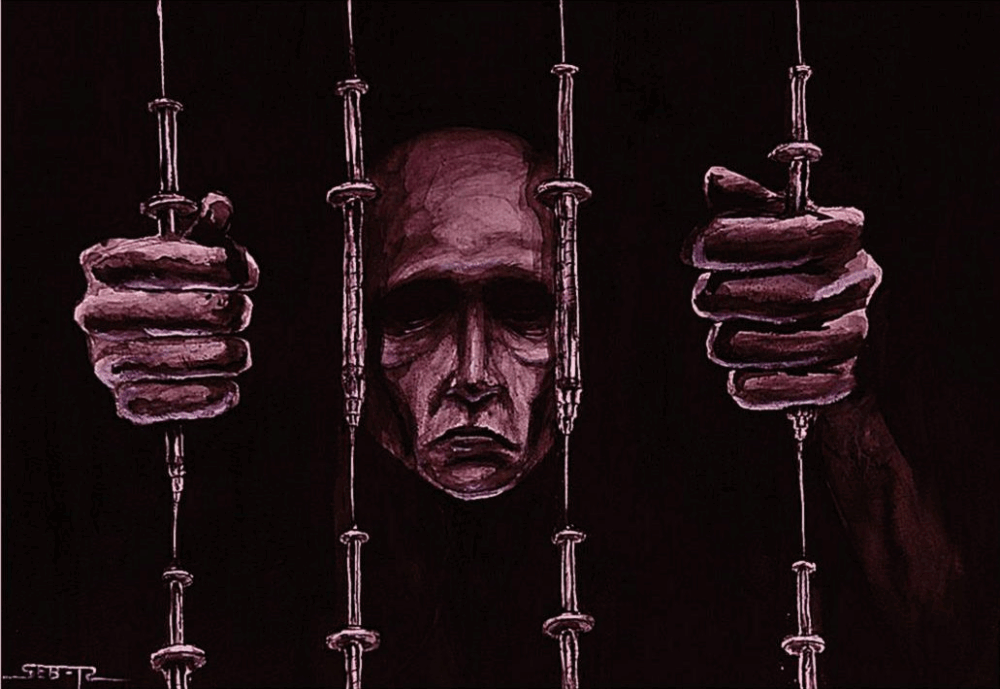The Craving Brain
People crave all sorts of things: coffee, sugar, sex, gambling, Xanax, TV shows, scrolling through social media, online games. Each of us finds different objects and activities appealing. When a strong desire arises, it can be very difficult to resist or ignore. Sometimes we get distracted and move on without much effort. What we crave and what makes us vulnerable reflects our individual traits, values, and identity. So, why do we want what we want, and why are desires sometimes so powerfully motivating?
One way to see the power of craving is to look at people addicted to psychoactive substances. For them, the consequences don’t matter as much as the pleasure they get. This loss of control is often seen as a defining feature of addiction.
Many medical studies explain craving through dopamine production. But by focusing only on the brain, this view misidentifies the true object of intense desire. Addictive cravings seek important emotional experiences. They are aimed at numbing, at feeling in control.
One of the most popular explanations for craving and addiction is dopamine release. Dopamine surges occur when we encounter unexpected rewards, and these surges drive us to act.
Long-term exposure to drugs affects the brain’s reward system, which is one reason addiction is considered a chronic, relapsing disorder or a neurobiological disease. From this perspective, addictive craving is a desire for euphoria. This desire starts to dominate the decision-making system.
However, neuroscience tells only part of the story. While it provides insight into the brain mechanisms behind substance use, explanations of craving are heavily skewed toward brain studies. This leads to an incomplete and potentially misleading picture of addictive behavior. To truly understand addiction, we also need to look at experience, thought processes, behavior, and life circumstances. From this broader perspective, addictive cravings are not just simple switches in the brain.
If addiction were simply the result of brain rewiring through reward-based learning, so many people wouldn’t recover. Recovery rates suggest that addictive cravings either stop or people become better able to resist them. We need to look beyond biological factors to find a complete answer to these questions.
The Social Nature of Craving
Research shows that the difference between those most and least vulnerable to addiction correlates with a range of social, economic, and psychological factors. These include structural factors like poverty, unemployment, housing instability, incarceration, and lack of access to physical and mental health services; and social factors such as adverse childhood experiences, mental health issues, stigma, prejudice, discrimination, and social isolation.
So how do these factors help us understand addictive craving? First, they play a role in determining which of a person’s psychological needs are being met. Addiction is often most severe when people are in dangerous and oppressive conditions, whether that’s incarceration, homelessness, unpredictable mental illness, or social isolation. Complex emotions and stress are well-known triggers for craving.
People prone to addiction want to numb themselves, feel alive, feel socially connected, escape mental or physical pain, or avoid anxiety. The craving for a cigarette might be a desire for control and order in a stressful environment. The craving for alcohol might be aimed at comfort and safety. The craving for ketamine might be a wish to relax and get rid of anxiety. In severe addiction, intense desire can be aimed at total self-destruction, at escaping painful everyday conditions at any cost.
These are psychologically complex, existentially charged states. Like much of human behavior, these motives are not always conscious and are often only accessible through deeper analysis.
Addictive cravings respond to the external environment. They echo the world in which addiction develops. The powerful motivation of craving is determined not only by how drugs affect the dopamine system, but also by the social and structural conditions that shape these desires in a person’s life.
Moreover, many people with a genetic predisposition to addiction never actually become addicted. Environmental factors play a key role in controlling gene expression, meaning that genetic vulnerability to addiction depends on circumstances. For example, exposure to stress increases this vulnerability, while strong family and community ties protect against it.



